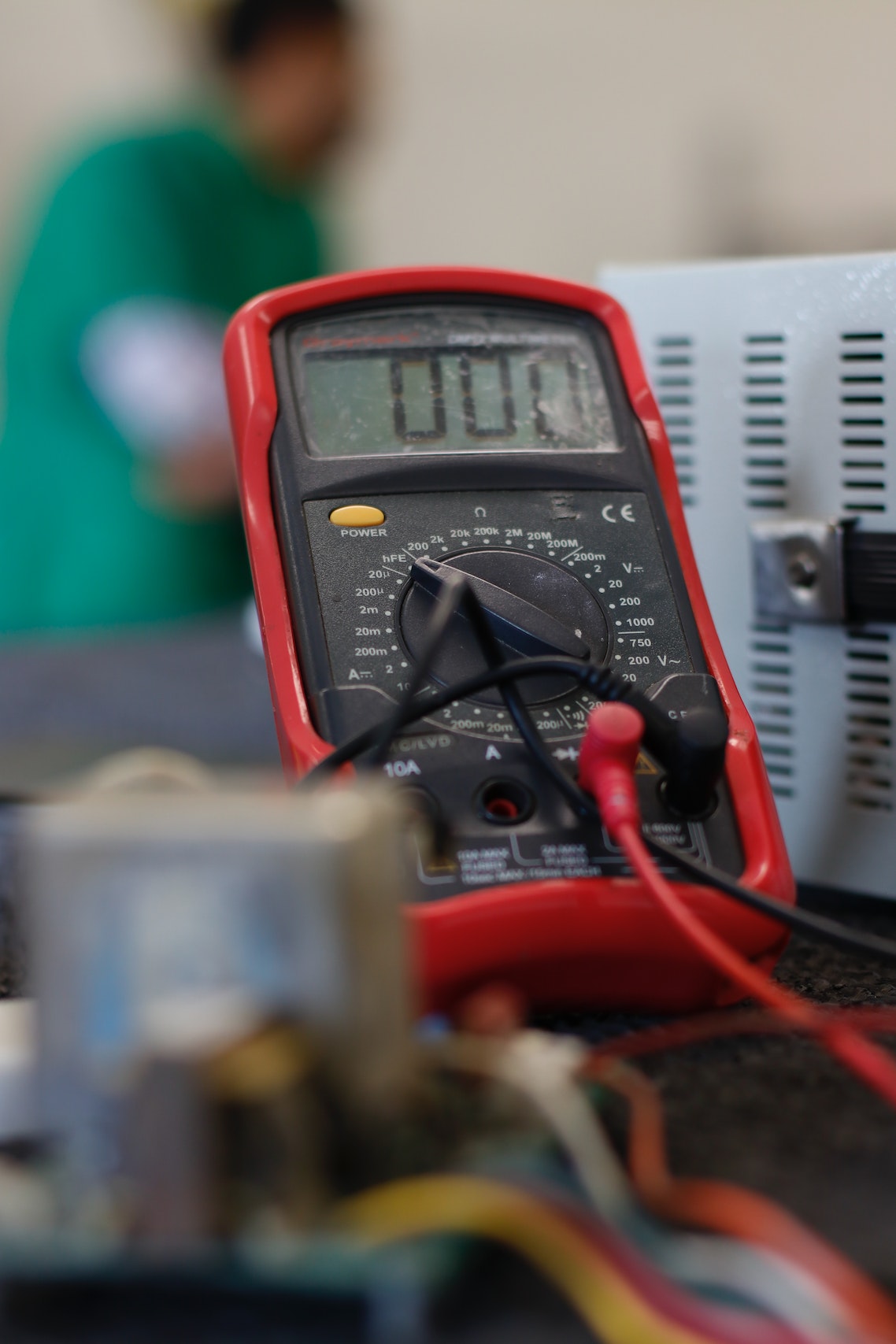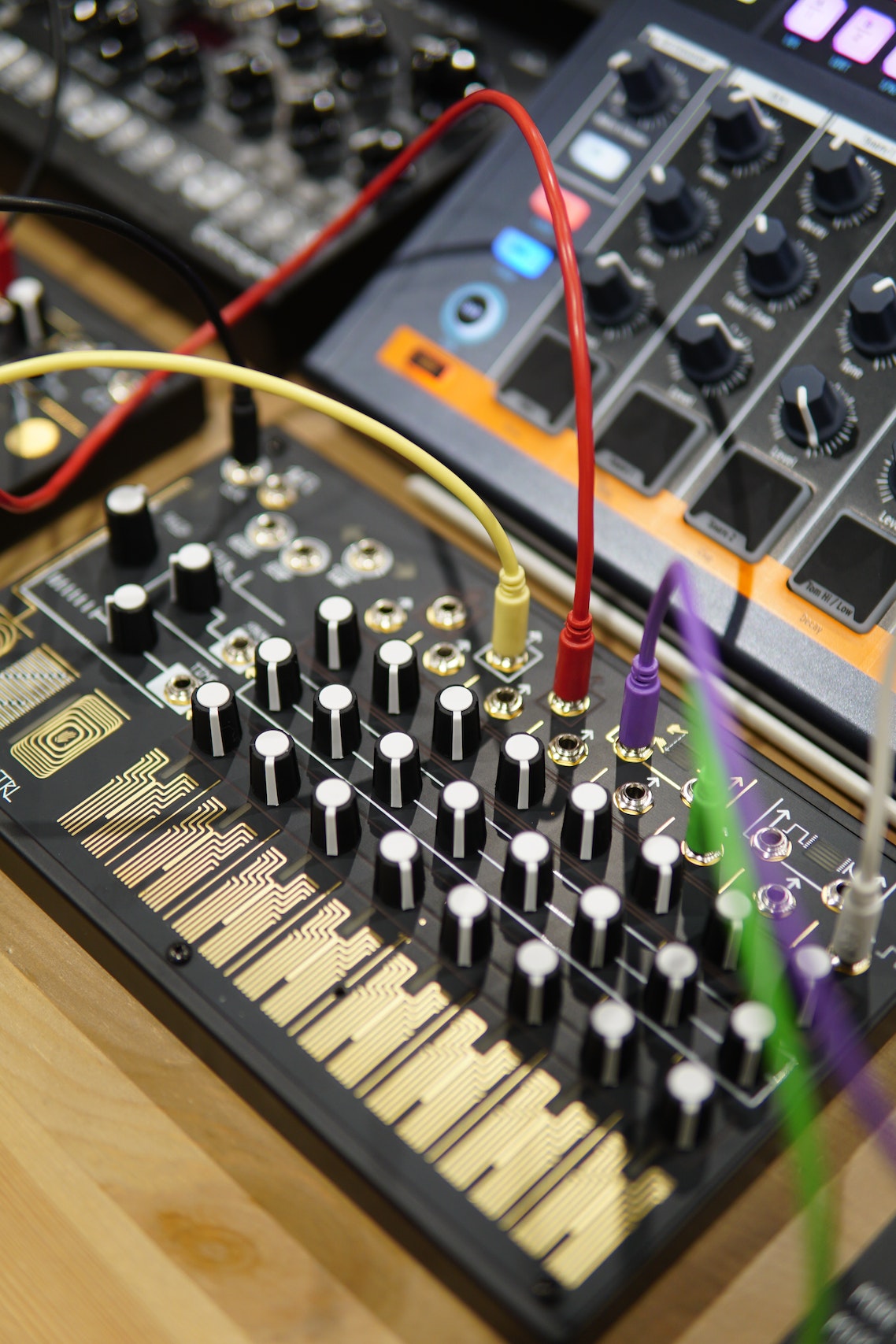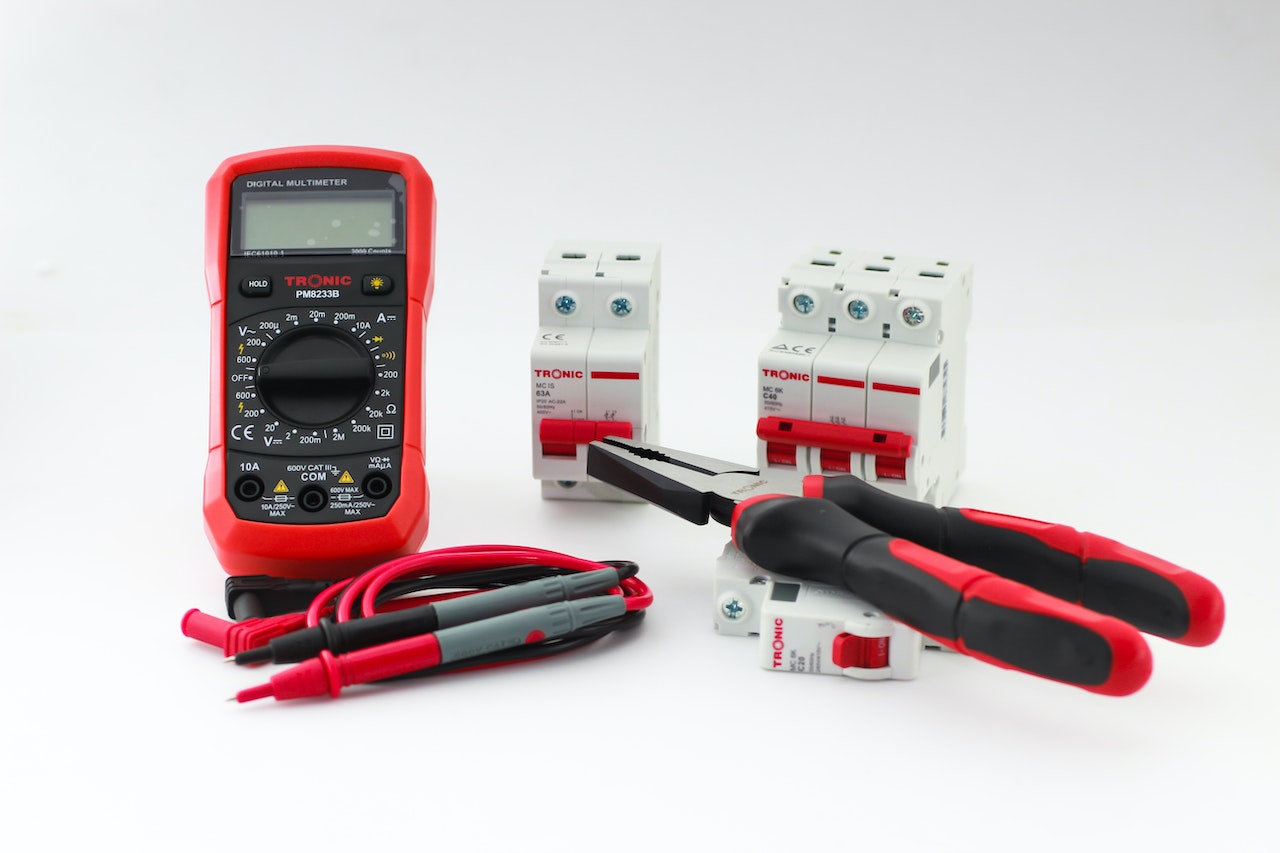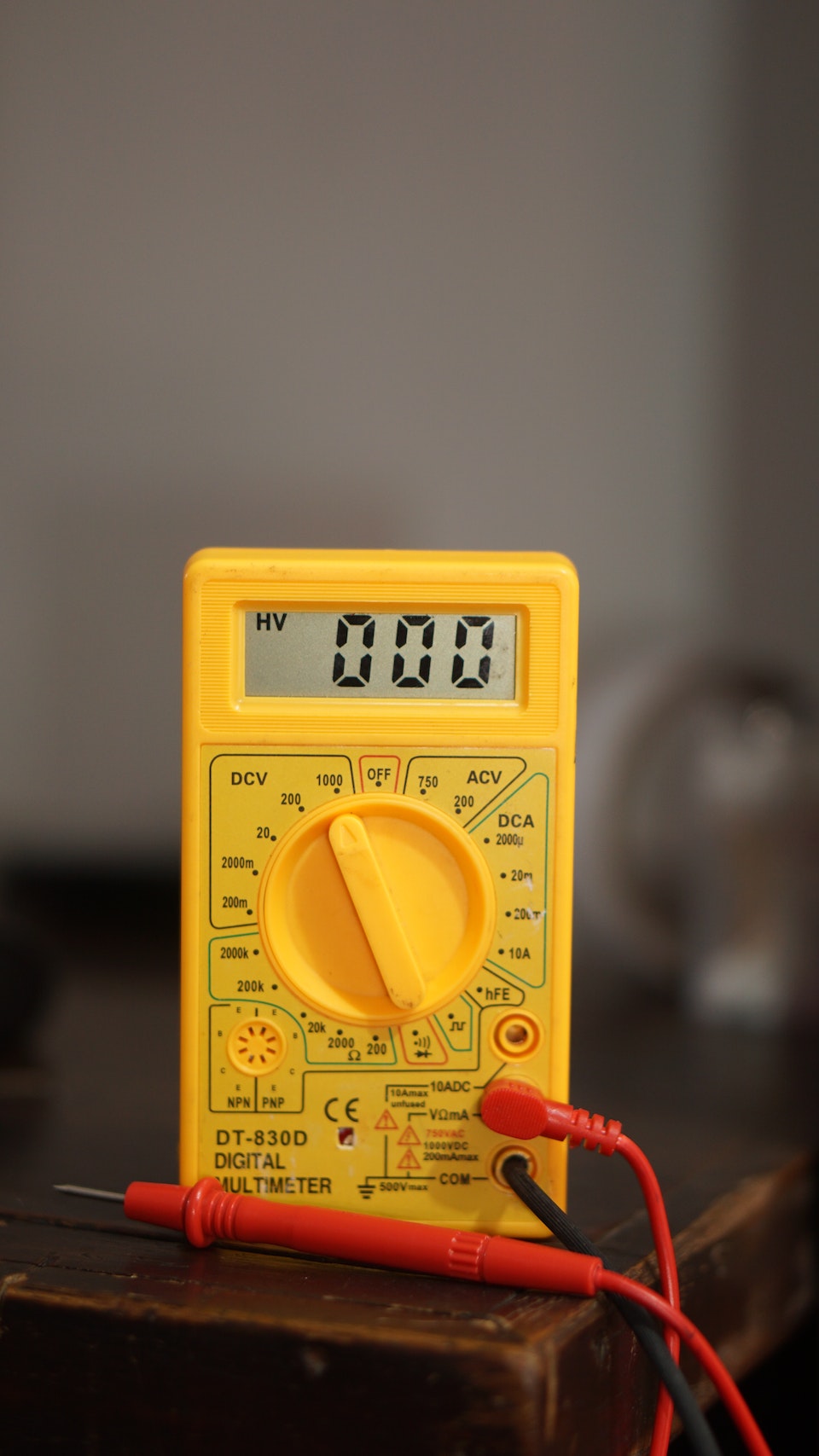Use a Digital Multimeter, If you’re an electrician or a DIY enthusiast, having a digital multimeter is an essential tool in your arsenal. A digital multimeter can help you measure voltage, current, and resistance in electronic devices, household appliances, and even automobiles. However, using a digital multimeter can be challenging if you’re unfamiliar with the tool. In this article, we will guide you on properly and effectively using a digital multimeter.
A digital multimeter is a handy tool that can help you diagnose problems in electrical circuits, check battery voltage levels, and even test the continuity of a circuit. Whether you’re a professional electrician or a DIY enthusiast, knowing how to use a digital multimeter can save you time, money, and frustration.
In this article, we will provide you with a step-by-step guide on how to use a digital multimeter and cover the 10 best ways to use it effectively.
Explore the Contents
- 1 What is a Digital Multimeter?
- 2 Types of Digital Multimeters
- 3 Precautions Before Using a Digital Multimeter
- 4 How to Measure Voltage with a Digital Multimeter?
- 5 How to Measure Current with a Digital Multimeter?
- 6 How to Measure Resistance with a Digital Multimeter?
- 7 How to Check Continuity with a Digital Multimeter?
- 8 How to Test Diodes with a Digital Multimeter?
- 9 How to Test Transistors with a Digital Multimeter?
- 10 Use a Digital Multimeter, Conclusion
- 11 FAQs
What is a Digital Multimeter?
Use a Digital Multimeter, A digital multimeter, also known as a DMM, is a device used to measure electrical values, such as voltage, current, and resistance. Digital multimeters have a digital display that shows the readings, making them easy to read and interpret. They are designed to be portable, easy to use, and accurate.
Read More: 10 Best Tips for Digital Marketing for Beginners 2023
Types of Digital Multimeters
Use a Digital Multimeter, There are two types of digital multimeters: handheld and benchtop. Handheld digital multimeters are portable and can be carried around in your tool bag. Benchtop digital multimeters are larger and are designed to be used on a workbench or in a laboratory.
Handheld digital multimeters are more commonly used by electricians and DIY enthusiasts as they are more portable and can be used in the field. Benchtop digital multimeters are typically used in more advanced applications, such as research labs or advanced electronics manufacturing.

Precautions Before Using a Digital Multimeter
Use a Digital Multimeter, Before using a digital multimeter, there are a few precautions you should take to ensure your safety and the safety of the equipment you’re testing.
- Always turn off the power before testing any circuit or device.
- Check the multimeter’s fuses to make sure they are not blown.
- Check the battery level of the multimeter before use.
- Make sure the test leads are in good condition and not damaged.
- Always wear personal protective equipment (PPE), such as gloves and safety glasses.
How to Measure Voltage with a Digital Multimeter?
Measuring voltage is one of the most common uses of a digital multimeter. To measure voltage with a digital multimeter, follow these steps:
- Set the multimeter to the voltage setting.
- Connect the red lead to the positive terminal of the circuit or device you’re testing.
- Connect the black lead to the negative terminal of the circuit or device you’re testing.
- Read the voltage on the multimeter’s display.
Make sure to select the correct voltage range on the multimeter before measuring. If the voltage is too high for the selected range, it can damage the multimeter or even pose a safety risk.
How to Measure Current with a Digital Multimeter?
Use a Digital Multimeter, Measuring current with a digital multimeter can help you determine how much current is flowing through a circuit or device. To measure current with a digital multimeter, follow these steps:
- Turn off the power to the circuit or device you’re testing.
- Set the multimeter to the current setting.
- Connect the red lead to the positive terminal of the circuit or device.
- Connect the black lead to the negative terminal of the circuit or device.
- Turn on the power to the circuit or device.
- Read the current on the multimeter’s display.
It’s important to note that when measuring current, the multimeter is placed in series with the circuit or device. Therefore, if the current is too high, it can cause the multimeter’s fuse to blow or even damage the multimeter.
How to Measure Resistance with a Digital Multimeter?
Use a Digital Multimeter, Measuring resistance with a digital multimeter can help you determine the resistance of a circuit or device. To measure resistance with a digital multimeter, follow these steps:
- Turn off the power to the circuit or device you’re testing.
- Set the multimeter to the resistance setting.
- Connect the test leads to the circuit or device being tested.
- Read the resistance on the multimeter’s display.
When measuring resistance, it’s important to disconnect the power from the circuit or device being tested to prevent damage to the multimeter.

How to Check Continuity with a Digital Multimeter?
Use a Digital Multimeter, Checking continuity with a digital multimeter can help you determine if a circuit is complete or not. To check continuity with a digital multimeter, follow these steps:
- Turn off the power to the circuit or device being tested.
- Set the multimeter to the continuity setting.
- Touch the two test leads together to ensure the multimeter is working properly.
- Touch the test leads to both ends of the circuit being tested.
- If the multimeter beeps or shows a reading of zero ohms, the circuit is complete.
Checking continuity can help you identify faulty components or broken circuits.
How to Test Diodes with a Digital Multimeter?
Use a Digital Multimeter, Testing diodes with a digital multimeter can help you determine if a diode is functioning properly. To test diodes with a digital multimeter, follow these steps:
- Turn off the power to the circuit or device being tested.
- Set the multimeter to the diode setting.
- Connect the test leads to the diode being tested, with the positive lead connected to the anode and the negative lead connected to the cathode.
- Read the multimeter’s display.
If the multimeter shows a reading of zero ohms in one direction and an open circuit in the other direction, the diode is functioning properly. If the readings are the same in both directions or there is no reading at all, the diode is faulty.
How to Test Transistors with a Digital Multimeter?
Use a Digital Multimeter, Testing transistors with a digital multimeter can help you determine if a transistor is functioning properly. To test transistors with a digital multimeter, follow these steps:
- Turn off the power to the circuit or device being tested.
- Set the multimeter to the transistor setting.
- Connect the test leads to the transistor being tested.
- Read the multimeter’s display.
- the base, collector, and emitter. The multimeter can test each lead to determine if it’s functioning properly. Follow these steps:
- Touch the positive lead to the base and the negative lead to the emitter. The multimeter should show a reading of low resistance.
- Touch the positive lead to the base and the negative lead to the collector. The multimeter should show a reading of high resistance.
- Touch the positive lead to the collector and the negative lead to the emitter. The multimeter should show a reading of low resistance.
If the readings are not as expected, the transistor may be faulty.
Use a Digital Multimeter, Conclusion
Use a Digital Multimeter, Using a digital multimeter can be a useful tool for both professionals and DIY enthusiasts. With these 10 best ways to use a digital multimeter, you can accurately measure voltage, current, resistance, and continuity, as well as test diodes and transistors. Remember to always take precautions when using a multimeter and follow the instructions carefully to avoid accidents.
Read More: A CMOS Battery’s Lifespan; How long it works?

FAQs
Can a digital multimeter measure AC voltage?
Yes, most digital multimeters can measure both AC and DC voltage.
Can a digital multimeter measure current without breaking the circuit?
No, when measuring current, the multimeter must be placed in series with the circuit being tested, which breaks the circuit.
Can a digital multimeter measure the capacitance of a capacitor?
Yes, some digital multimeters have a capacitance setting that can measure the capacitance of a capacitor.
Can a digital multimeter be used to measure the resistance of a motor winding?
Yes, a digital multimeter can measure the resistance of a motor winding to determine if it’s functioning properly.
Can a digital multimeter be used to measure the temperature of a component?
Some digital multimeters have a temperature probe that can measure the temperature of a component. However, it’s important to make sure the multimeter is rated for the temperature range being measured.



